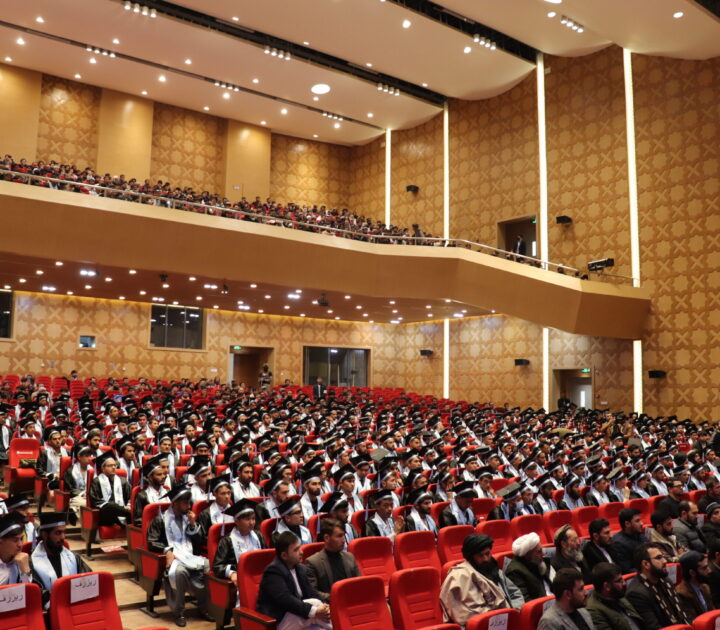THEMES
- Sustainable Agricultural Practices for Arid and Semi-arid Regions
- Climate Change and Climate Smart Agricultural Practices
- Innovative approaches to water management in agriculture
- Agricultural biotechnology and genetic engineering for crop improvement in Afghanistan
- The Governance of Agriculture, and Enabling Policy Environment
- Potentials for crop diversification in different regions of Afghanistan to support “One Village One Product”
- Managing natural resources: forest restoration, rangeland, and biodiversity conservation
- Soil conservation and integrated soil fertility management
- Value Chain of Agricultural Products
- Trade and Marketing of Agricultural commodities
- Agricultural Extension and Social and Economic Context of Farmers’ Livelihoods
- Innovative and low-cost solutions for post-harvest losses
- Innovations in animal husbandry to support agricultural self-sufficiency
- Animal Products Management for Sustainable Self-Sufficiency
- Sustainable plant diseases and pest management practices
- Food and nutrition-sensitive agricultural


PROGRAM
- The conference will be inaugurated at 9:30 a.m. on 18-20 February 2024.
- The detailed agenda of the program will be provided during registration.
- Each presentation will be presented in 15 minutes with an additional 5 minutes for a questions and answer session.
PARTICIPANTS
- Stakeholders from the Agriculture sector including professors, experts, professionals, students, research scholars, entrepreneurs, processors, and all other stakeholders who are directly or indirectly involved in the agriculture sector can participate in this conference.
ARTICLE PUBLISHING
- All accepted abstracts will be published in the conference booklet before the organizing conference. About 30 high-ranked articles will be sent to an international journal for publication and all other articles will be published in a special issue of Science Academic Journal of Kabul University and Elm-Ow-Fon Research Journal of the Agriculture Faculty.
Abstract submission deadline:
November 06, 2023
Notification of Acceptance of Abstract:
November 12, 2023
Article submission deadline:
December 12, 2023
Notification of Acceptance of articles:
January 15, 2024
Dates of Conference:
February 18-20, 2024
Agriculture Faculty of Kabul University
Established in 1956, the Faculty of Agriculture at Kabul University holds the distinction of being one of the earliest faculties in Afghanistan. Currently, it encompasses nine departments including agronomy, economics and agricultural development, animal sciences, plant protection, horticulture, forests and natural resources, soil science and biotechnology, seed production, and food technology. Within the faculty, the post-graduate program encompasses master’s programs in animal science, agronomy, and horticulture. Notably, the Faculty of Agriculture engaged in an exchange program with esteemed American universities such as Wyoming, Colorado, and Nebraska from its inception until 1975. Moreover, the Soviet Union extended support and funding through a special project under the UNDP and FAO from 1979 to 1992. The faculty also contributes to scholarly discourse by publishing a monthly scientific journal titled “Elm-Ow-Fon”.
Kabul University
Kabul University, established in 1932, is an ancient, prominent, and highly esteemed public university. It boasts 22 faculties, 101 departments, 867 faculty members, and a student body of 25,200, making it an institution abundant in academic resources. As the primary and most significant university in Afghanistan, Kabul University’s new developmental plan enables it to effectively address the economic and social needs of the country.
The Qosh Tepa Canal
The Qosh Tepa canal, spanning 285 km in length, is a prominent water transfer canal in Afghanistan, commencing from Kaldar district in Balkh province and delivering Amu Sea water to Andkhoi Faryab district. With a width of 108 meters and a depth of 8.5 meters, it boasts a notable capacity to transfer 650 cubic meters of water per second. The intended outcome is to facilitate irrigation for approximately 550,000 hectares of agricultural land along its course.


